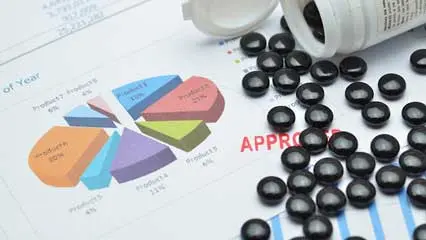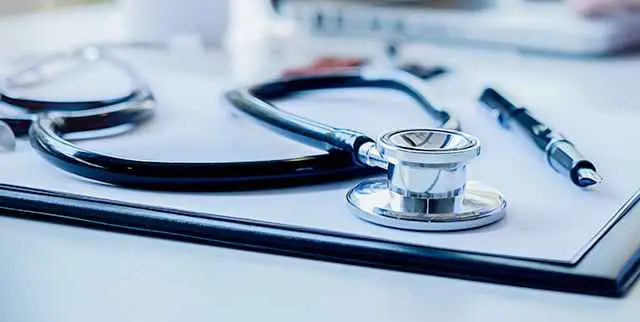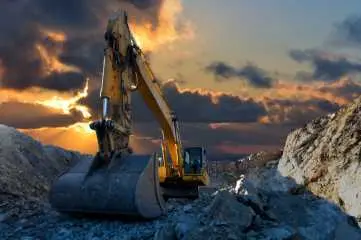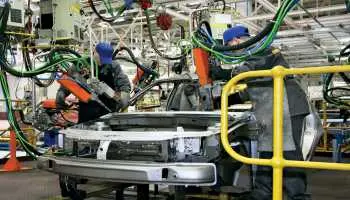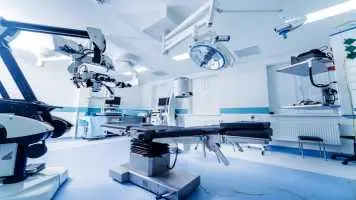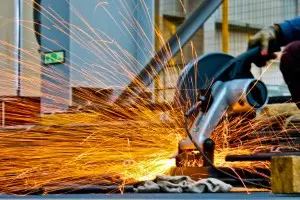
Prosthetics and Orthotics Market Share, Trends, Revenue, Demand, Growth Drivers, CAGR Status, Challenges and Business Opportunities Till 2034: SPER Market Research
Category :
Healthcare
Published: Jan-2025
Author: SPER Analysis Team
Prosthetics and Orthotics Market Share, Trends, Revenue, Demand, Growth Drivers, CAGR Status, Challenges and Business Opportunities Till 2034: SPER Market Research
Global Prosthetics and Orthotics Market is projected to be worth 10.34 billion by 2034 and is anticipated to surge at a CAGR of 4.66%.
Orthotics and prosthetics are crucial parts of contemporary healthcare, which aims to enhance the quality of life and functionality of people with physical disabilities. Through the creation and installation of artificial limbs to replace lost body parts, prosthetics help people regain their mobility, carry out daily duties, and become more independent. Orthotics is the term for the use of specially made tools, like braces and supports, to improve or correct a particular body part's function while enhancing mobility, stability, and pain management. Both specialties collaborate closely with patients to develop tailored solutions that meet their particular requirements, enabling them to enjoy more active and satisfying lives and encouraging healing and rehabilitation.
Drivers: The increase in amputation instances is a major factor driving the growth of the prosthetics and orthotics market. The increasing frequency of amputations worldwide is caused by a range of factors, including traumatic injuries, accidents, and illnesses like diabetes. As a result, there is a sizable and perhaps expanding market for prosthetic limbs. The market for orthotics and prosthetics is significantly influenced by the aging of the world's population. There is a significant need for prosthetic and orthotic devices as a result of the rising incidence of musculoskeletal problems and limb-related conditions with aging. The prevalence of musculoskeletal conditions and mobility issues increases with age, making the use of orthotic and prosthetic devices necessary.
Request For Free Sample Report @ https://www.sperresearch.com/report-store/prosthetics-and-orthotics-market.aspx?sample=1
Challenges: One major factor impeding the growth of the prosthetics and orthotics industry is the high cost of sophisticated technology. The cost of these cutting-edge orthotic and prosthetic devices may be a significant barrier, despite the fact that new technologies offer more functionality. Access to cutting-edge technologies may be limited by financial constraints, especially in developing countries. Furthermore, some communities are unaware of the benefits and accessibility of prostheses and orthotics. This impedes the growth of the prosthetics and orthotics market since potential consumers may not seek out or be aware of the options offered.
Market Trends: The market for orthotics and prosthetics is being shaped by a number of factors. More individualized and useful devices are being created as a result of the integration of cutting-edge technology like robotics and 3D printing. Patient-centric designs—which prioritize comfort, aesthetics, and usability—are becoming more and more popular. Better follow-up care and device changes are also being made possible by the growth of telemedicine and remote monitoring. As firms investigate environmentally friendly materials and production methods, sustainability is increasingly becoming a crucial factor. Additionally, collaborative care models—which use interdisciplinary teams to offer comprehensive rehabilitation services—are becoming more and more popular.
Global Market Key Players:
Aether Biomedical, Bauerfeind, Blatchford Limited, Fillauer LLC, Mobius Bionics, Ossur, Ottobock, Steeper Group, Ultraflex Systems Inc and WillowWood Global LLC are just a few of the major market players that are thoroughly examined in this market study along with revenue analysis, market segments, and competitive landscape data.
For More Information about this Report @ https://www.sperresearch.com/report-store/prosthetics-and-orthotics-market.aspx
Global Prosthetics and Orthotics Market Segmentation:
By Product: Based on the Product, Global Prosthetics and Orthotics Market is segmented as; Prosthetics and Orthotics.
By Region: This research also includes data for North America, Latin America, Asia-Pacific, Europe, Middle East & Africa.
This study also encompasses various drivers and restraining factors of this market for the forecast period. Various growth opportunities are also discussed in the report.
Would you like to view the sample pages?
Get Sample PagesExplore Related Reports
Domains Served
Our Global Clients
Our data-driven insights have influenced the strategy of 200+ reputed companies across the globe.


